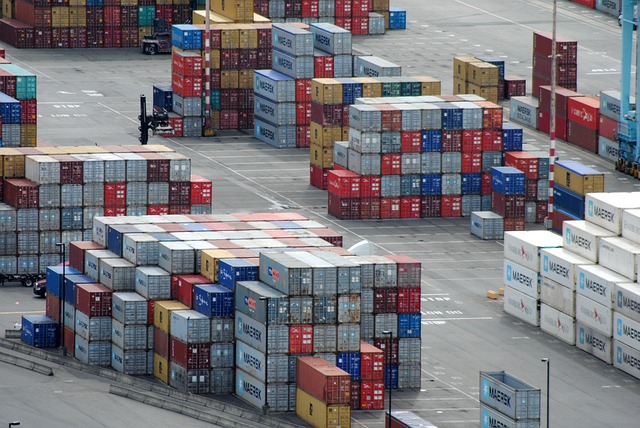When shipping a vehicle across states, understanding and adhering to interstate vehicle shipping regulations is vital. This involves researching and complying with safety standards, documentation, inspection, insurance, and registration requirements in both origin and destination states. A thorough preparation process, including mechanical inspections, securing loose items, and choosing a reputable shipping company with robust licensing, GPS tracking, and positive customer reviews, minimizes risks and ensures safe vehicle delivery.
Shipping a vehicle can be a seamless process with the right preparation and knowledge. This guide will help you navigate interstate vehicle shipping with ease, ensuring your car or motorcycle arrives safely at its destination. From understanding critical regulatory requirements for interstate transport to selecting a reputable shipping company, we cover all aspects. Learn how to prepare your vehicle, track progress, and make informed choices, simplifying the process and reducing stress.
- Understanding Interstate Vehicle Shipping Requirements
- Preparing Your Vehicle for Safe Transport
- Choosing the Right Shipping Company and Tracking Process
Understanding Interstate Vehicle Shipping Requirements

When planning to ship a vehicle across states, understanding the interstate vehicle shipping requirements is paramount. Different states have unique regulations governing the transport of vehicles, particularly regarding safety standards and documentation. For instance, each state has specific laws on vehicle inspection, insurance coverage, and registration. Non-compliance with these rules can lead to delays or even legal issues during transit.
To ensure a smooth process, shippers must familiarize themselves with the interstate vehicle shipping requirements of both the originating and destination states. This includes understanding weight limits, vehicle classification, and any additional permits needed for certain types of vehicles. Staying informed on these details allows for proper preparation, minimizing risks, and ensuring the safe arrival of your vehicle.
Preparing Your Vehicle for Safe Transport

Before embarking on an interstate vehicle shipping journey, preparing your vehicle is paramount for a safe and smooth transit. Start by conducting a thorough inspection to identify and fix any mechanical issues or wear and tear. Ensure all fluids are at optimal levels, tires are in good condition, and the battery is charged. This preventive maintenance not only enhances safety but also reduces the risk of unexpected breakdowns during transportation.
Additionally, secure loose items inside and outside the vehicle. Remove any valuable belongings or loose gear that could shift and cause damage during transit. Consider using thick padding or blankets to protect the vehicle’s interior and exterior from scratches, dents, and other potential hazards common in interstate shipping.
Choosing the Right Shipping Company and Tracking Process

Choosing the right shipping company is paramount when it comes to shipping a vehicle, especially for long-distance interstate travel. Look for reputable firms with experience in vehicle transportation and a proven track record. Check their licensing, insurance coverage, and customer reviews to ensure they meet industry standards and can handle your specific needs safely and securely.
Effective tracking is another vital aspect of the process. Reputable shipping companies offer real-time GPS tracking, allowing you to monitor the progress of your vehicle throughout its journey. This ensures transparency, peace of mind, and the ability to make informed decisions should any unexpected delays or issues arise.
Shiping a vehicle can be a smooth process with the right preparation and knowledge. By understanding interstate vehicle shipping requirements, ensuring your car is ready for transport, and selecting a reputable company with robust tracking capabilities, you can confidently navigate this journey. Remember, safe and efficient interstate vehicle shipping is achievable with the right steps and partners.
